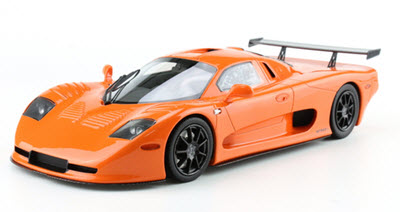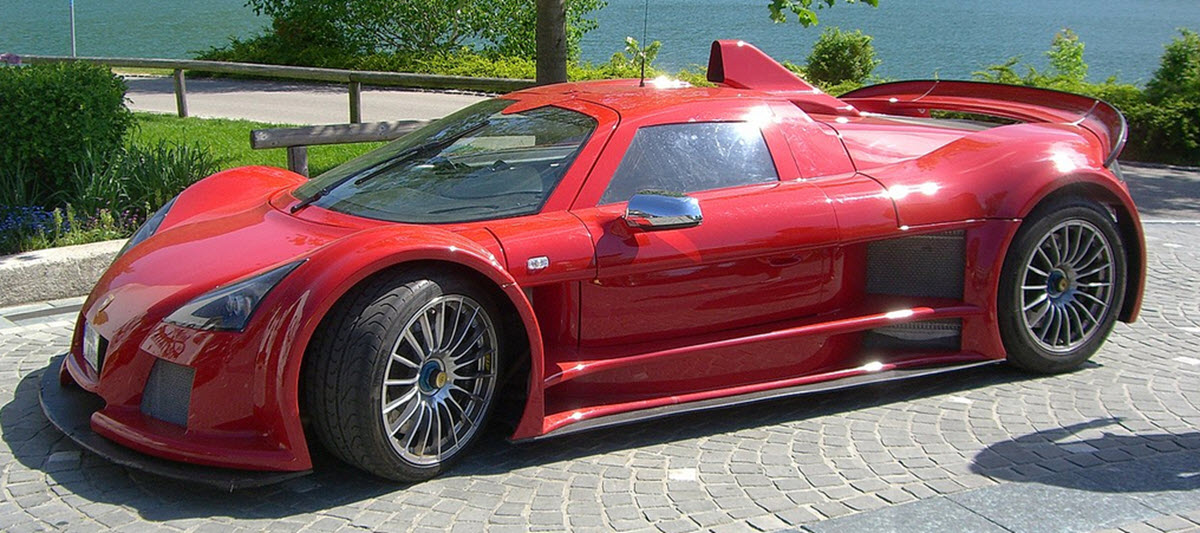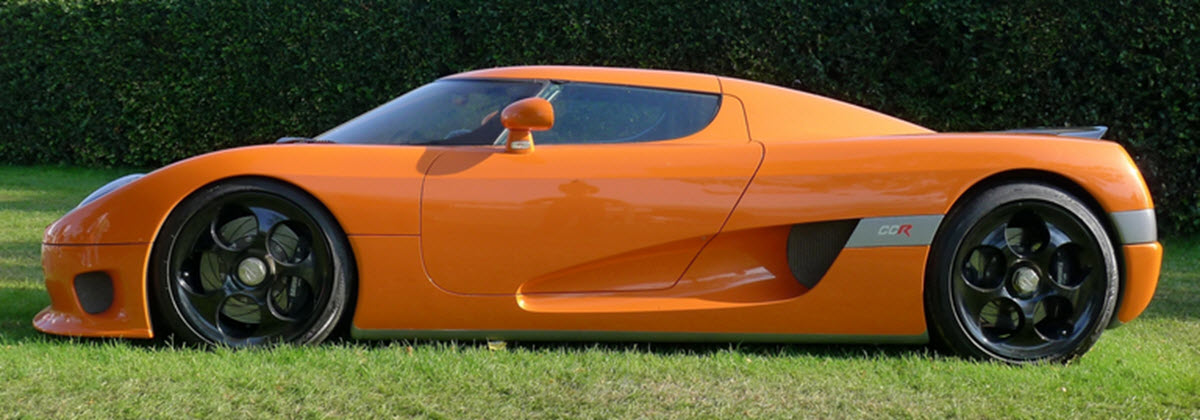Supercar is a term coined by British motor journalist L.J.K. Setright when reviewing the Lamborghini Miura. Today it is commonly used for high-end sports cars, especially cars that are exceptionally rare or exotic some way. In order to be a true supercar, a car should be highly superior to its contemporaries when it comes to performance. The term is usually only used for cars that are factory-built and street-legal, not modified cars and cars that can only be used on professional raising tracks. Supercars will, therefore, rarely be fitted with typical race car features such as roll cages and similar.

The definition of a super car changes over time. What was a super car in the past would not be one if they were released today.
There are no hard and fast rules about the use of the term and several different definitions exist. The debate about which cars truly deserve the epithet supercar is very lively among car enthusiasts. It should also be noted that the automotive press has started using the term very freely, declaring virtually any new exotic car a supercar. This unreserved use of the word might ultimately devalue it, and we might see new terms being coined in the future.
The cars commonly referred to as supercars all offer supreme acceleration, top speed and handling capabilities compared to their contemporaries. To be a supercar, a car should, for instance, by the usual definition, be capable of an acceleration that out-competes all ordinary sports cars. Today, supercars are expected to do 0 to 100 km/h (0 to 62 mph) in less than 5 seconds and 0 to 160 km/h (0 to 100 mph) in less than 9 seconds. The Bugatti Veyron did, for instance, do 0 to 100 km/h (0 to 62 mph) in 2.5 seconds and 0 to 160 km/h (0 to 100 mph) in 5.3 seconds in 2006. A supercar is also expected to reach 320 km/h (200 mph) in less than 30 seconds.

When it comes to top speed, some of the more notable supercars from the late 20th and early 21st century are the McLaren F1 prototype (XP4), the Koenigsegg CCR, the Bugatti Veyron, and the SSC Ultimate Aero TT. The McLaren F1 prototype (XP4) reached 386km/h (240.1mph) at 7800 rpm in 1998, driven by Andy Wallace at Volkswagen’s Ehra-Lessien test track (a straight 9 km track). In February 2005, the Koenigsegg CCR set a new supercar speed record by achieving 387.87 km/h (241.01 mph) on default settings at the circular Nardo Prototipo proving ground in Italy. In October that same year, the Bugatti Veyron exceeded the record set by Koenigsegg by going 407 km/h (253 mph) on the straight Ehra-Lessien test track. The SSC Ultimate Aero TT reportedly reached a speed of 412.233 km/h (256.15 mph) in West Richland, WA on September 13, 2007. This speed was later verified by Guinness World Records in October that same year.
Handling is extremely important for a supercar since it must be able of keeping the speed up in corners. The road gripping ability is therefore of utmost importance, and the lateral g-forces experienced by the driver during tight turns can exceed 1 g. Most car enthusiasts agree that a true supercar should be able to complete the Nürburgring in less than 8 minutes.

A lot of supercars – but not all of them – come with a rear mid-engine and rear-wheel drive since this design makes it easier to achieve optimal weight distribution. Some modern supercars are instead fitted with all-wheel drive since really powerful engines create more power than what is possible to fully use in a rear-wheel drive car with street-legal tires. The Lamborghini Murcielago and the Bugatti Veyron, two indisputable supercars, are, for instance, both equipped with all-wheel drive.